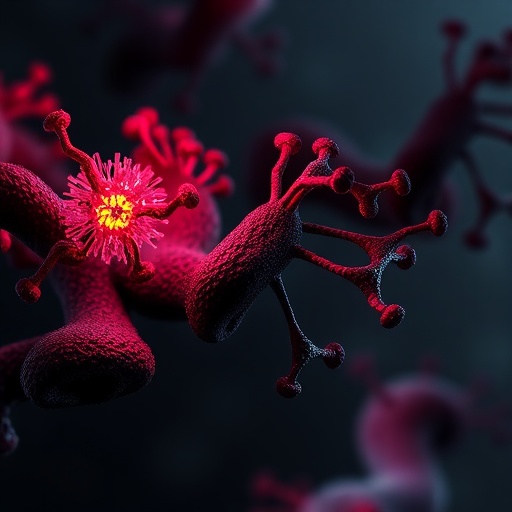Certain players endure far more trauma, UCI researchers say
Irvine, Calif., May 2, 2019 – Water polo athletes take note: A new study by University of California, Irvine researchers maps out the frequency of head injuries in the sport and reveals which positions are the most vulnerable.
The first-of-its-kind report, which tracked several dozen male collegiate water polo players over three seasons, was published today in PLOS One, a peer-reviewed, open-access scientific journal.
“For years, water polo’s head trauma risks have been downplayed or overshadowed by football-related brain injuries,” said study co-author James Hicks, professor and chair of UCI’s Department of Ecology & Evolutionary Biology. “Our data quantifies the extent of the problem and sets the stage for additional research and possible rule changes or protective gear to improve water polo safety.”
During the study, players wore caps embedded with electronic sensors. Over time, every participant got bopped in the head by balls or rival players, but some fared worse -occasionally far worse – than others.
Offensive players were more likely to get battered than defensive and transition positions (60 percent versus 23 percent and 17 percent, respectively). And swimmers attacking from the left side of the goal suffered more head hits than players on the right, possibly because right-handed athletes commonly throw shots from the left zone, so there’s more activity in that area, researchers theorized.
The most unsafe position, according to the study, was offensive center. On average, those players endured nearly seven blows to the skull per game, which amounted to 37 percent of all head impacts recorded by UCI scientists. In contrast, the second-most vulnerable position, defensive center, averaged two head strikes a game, the study found.
Overall, researchers counted an average of 18 head hits per game. Although no concussions were diagnosed, the force of the blows was “similar to those observed in collegiate soccer, another sport that is commonly studied for the risks associated with repeated head impact exposure,” Hicks said.
Next up, UCI researchers are preparing a manuscript that details how water polo head shots affect brain function.
Hicks got interested in the subject while watching his three sons play the sport. “People who’ve never seen a game may not realize how physical it is,” he said. “Head-butts and elbows. Balls flying up to 50 mph. I’ve witnessed players get dragged out of the pool in a daze after a blow to the head, and I’ve sat in an emergency room while my kid received stitches from being struck in the face. I began to wonder what the concussion rate was.”
After discovering a dearth of studies, he launched his own. In the first, published three years ago in Frontiers in Neurology, Hicks and Dr. Steven Small, UCI professor of neurology, surveyed 1,500 USA Water Polo members and discovered that 36 percent recalled suffering at least one concussion during their playing career.
###
UCI’s Nicholas Cecchi, Derek Monroe, Gianna Fote and Small contributed to the current study, which received support from a National Institutes of Health training grant and a UCI School of Biological Science-School of Medicine Pilot Award.
About the University of California, Irvine: Founded in 1965, UCI is the youngest member of the prestigious Association of American Universities. The campus has produced three Nobel laureates and is known for its academic achievement, premier research, innovation and anteater mascot. Led by Chancellor Howard Gillman, UCI has more than 36,000 students and offers 222 degree programs. It’s located in one of the world’s safest and most economically vibrant communities and is Orange County’s second-largest employer, contributing $5 billion annually to the local economy. For more on UCI, visit http://www.
Media access: Radio programs/stations may, for a fee, use an on-campus ISDN line to interview UCI faculty and experts, subject to availability and university approval. For more UCI news, visit news.uci.edu. Additional resources for journalists may be found at communications.uci.edu/for-journalists.
NOTE TO EDITORS, PHOTO AVAILABLE AT
https:/
Media Contact
Tom Vasich
[email protected]
Related Journal Article
https:/
http://dx.




